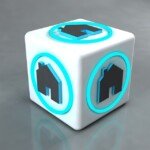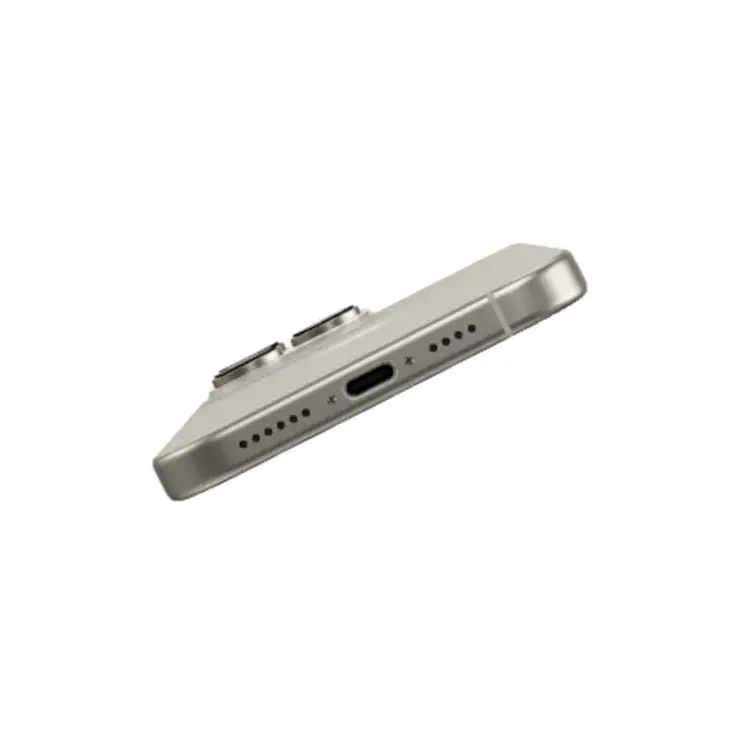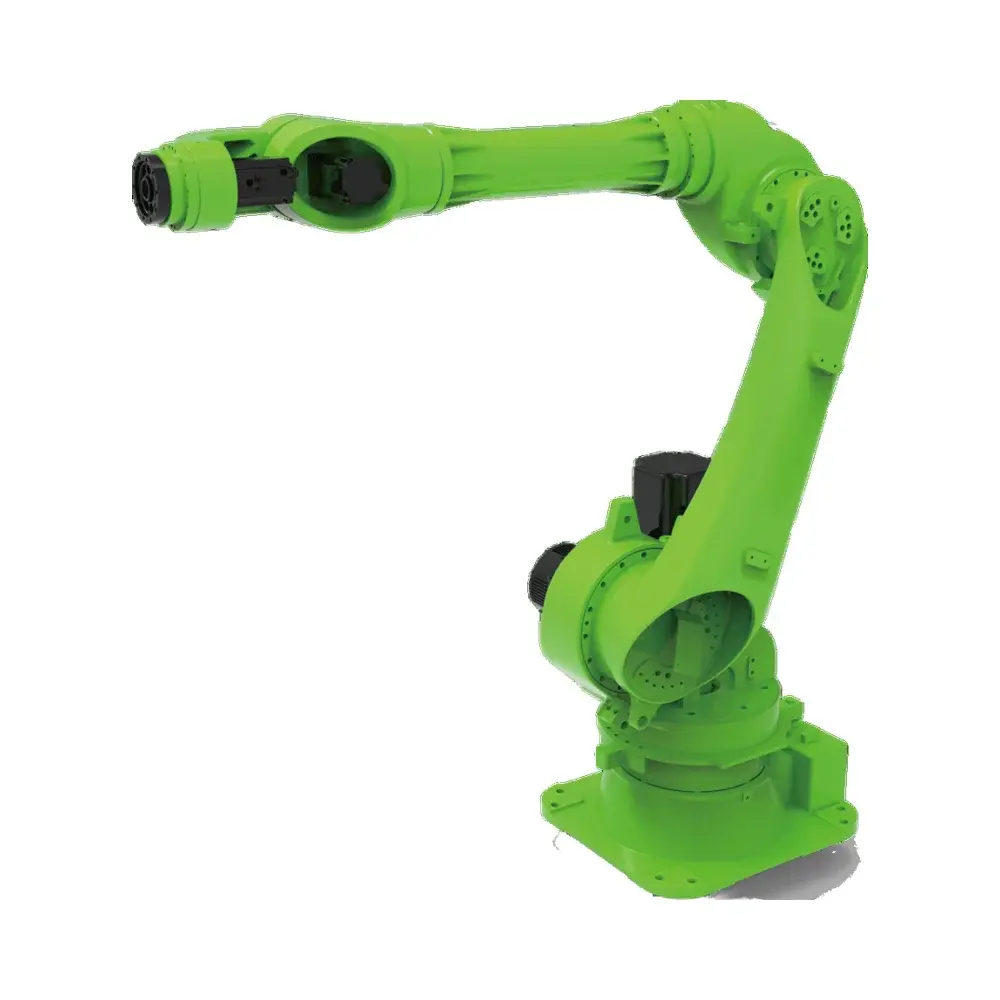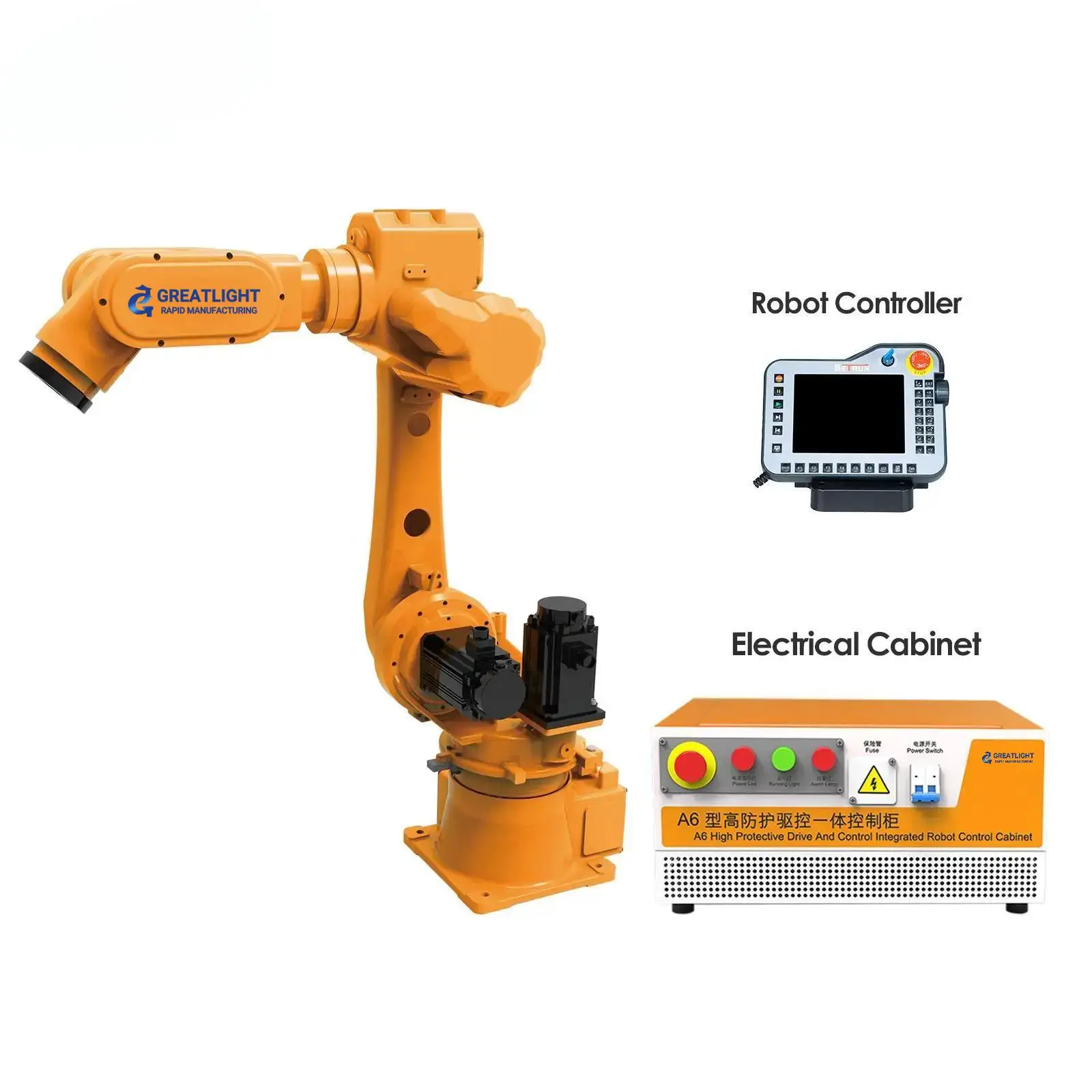Having a strong CNC machining control plan is critical to ensuring the continued production of high-quality, precision-engineered parts. Honglaite, a professional five-axis CNC machining manufacturer with advanced equipment and technology, knows that a clear control plan is like a road map, guiding the entire machining process from initial design review to final inspection and delivery. This documentation minimizes changes, prevents defects, optimizes efficiency, and ultimately guarantees customer satisfaction.
This article provides an in-depth look at the fundamental components of a CNC machining control plan, providing practical guidance for manufacturers and customers seeking to understand and implement precision machining best practices.
What is CNC machining control plan?
A CNC machining control plan is a written description of the systems and processes implemented to control the quality and consistency of machined parts. It outlines the key characteristics and parameters that must be monitored and controlled throughout the manufacturing process, often utilizing statistical process control (SPC) techniques. It’s not just a static document; it’s a static document. It is a living, breathing framework that is regularly reviewed and updated as processes evolve and improvements are identified. Think of it as a detailed playbook designed to execute a winning manufacturing strategy.
Why is CNC machining control planning important?
The importance of executing a good CNC machining control plan cannot be overstated. Here’s why it’s indispensable:
- Defect prevention: By identifying potential sources of error early in the process—whether it’s defective cutting tools, incorrect programming, or material inconsistencies—the program enables proactive steps to prevent defects from occurring in the first place. This is more cost-effective than reactively fixing the problem after the defect already exists.
- Reduce change: The program determines acceptable ranges for critical parameters, reducing variability in finished parts. This is critical to maintaining consistent performance and interchangeability, especially in applications with tight tolerances.
- Improve efficiency: By streamlining the manufacturing process and minimizing errors, control plans help improve overall efficiency and reduce scrap, rework and production bottlenecks.
- Improve quality: The program ensures that all parts meet specified quality standards, increasing customer satisfaction and building long-term relationships. The ultimate goal is to provide parts that not only meet but exceed customer expectations.
- Regulatory Compliance: In some industries, detailed control plans are essential to meet regulatory requirements and demonstrate compliance with quality management standards (e.g. ISO 9001, AS9100).
- Reduce costs: Ultimately, a comprehensive control plan is a cost-saving strategy. By preventing defects, reducing scrap, and improving efficiency, it significantly reduces overall manufacturing costs.
Key Elements of a CNC Machining Control Plan
A strong CNC machining control plan typically contains the following key elements:
-
Part identification and description: This section provides a clear and concise description of the part being machined, including its name, part number, revision level, and any related drawings or specifications. This avoids ambiguity and ensures everyone involved in the process is working with the same information.
-
Process flow chart: Visual representation of the entire machining process, from initial raw material inspection to final part inspection and packaging. This helps identify critical control points and potential areas for improvement. The diagram should clearly illustrate the sequence of operations, including CNC machining, deburring, cleaning and any other relevant steps.
-
Key feature identification: Determine critical dimensions, tolerances and surface finishes critical to part function and performance. These features are typically identified in part drawings and require close monitoring and control throughout the machining process. Examples include bore diameter, thread size, flatness, and surface roughness. The characteristics identified here will directly influence the inspection methods and control measures planned for subsequent implementation.
-
Equipment and Tools: A detailed list of all equipment, tooling and fixtures used in the machining process, including CNC machines, cutting tools, measuring instruments and special fixtures. This ensures that the correct equipment is used and properly maintained and calibrated. Tool management is an important aspect of this section and includes tool wear monitoring and replacement planning.
-
Process parameters and control limits: Define the specific parameters that must be controlled during machining, such as cutting speed, feed rate, depth of cut, spindle speed and coolant flow. The control plan also specifies the acceptable range or tolerance for each parameter, ensuring that the process remains within acceptable limits. Statistical process control (SPC) is often used to monitor process parameters and detect any trends or deviations from target values.
-
Inspection method and frequency: Describes methods for inspecting parts at various stages of the machining process, including visual inspection, dimensional measurements, and nondestructive testing. The plan also sets out the frequency of inspections and the sample size for inspections. This ensures that any defects are detected early and corrective action is taken before a large number of parts are affected. This section describes which measuring tools will be used (calipers, micrometers, CMM, etc.) and who will be responsible.
-
Statistical Process Control (SPC): Implement SPC charts and techniques to monitor key process parameters and identify any trends or deviations from target values. SPC helps ensure that processes remain under control and that any potential issues are identified and resolved before they lead to defects. This section details which control charts to use (for example, X-bar charts and R charts) and how to interpret them.
-
Corrective measures: Describe the procedures to be followed when defects are detected or process parameters deviate from acceptable ranges. This includes identifying the root cause of the problem, implementing corrective actions to prevent recurrence, and verifying the effectiveness of the corrective actions. A clear corrective action process is essential for continuous improvement and maintaining process stability.
-
Documentation and record keeping: Maintain accurate and complete records of all inspections, measurements and corrective actions taken. This document provides valuable information for tracking process performance, identifying trends, and making informed decisions about process improvements. It also demonstrates compliance with quality management standards and provides evidence that the manufacturing process is controlled. This includes recording the date/time, inspector, and results of each inspection.
- Training and Competencies: Ensure that all personnel involved in the machining process are appropriately trained and competent to perform assigned tasks. This includes training in the operation of CNC machines, use of measuring instruments, and implementation of control plans. Regular training and competency assessments are critical to maintaining a skilled workforce and ensuring machining processes are performed correctly.
GreatLight’s CNC machining control planning method
As a leading manufacturer of five-axis CNC machining, Ferrite places great emphasis on comprehensive control planning. Our approach includes:
- Collaborative planning: We work closely with our customers to understand their specific requirements and develop a custom control plan that meets their needs.
- Advanced technology: We utilize advanced CNC machining equipment, precision measuring instruments and SPC software to ensure precise control of the machining process.
- Experienced personnel: Our team of experienced engineers and mechanics are rigorously trained in the implementation and maintenance of control plans.
- Continuous improvement: We are committed to continuous improvement and regularly review and update our control plans to optimize process performance and minimize defects. We use data analytics to identify areas for improvement.
in conclusion
A clear and carefully executed CNC machining control plan is the cornerstone of high-quality precision manufacturing. By focusing on defect prevention, variation reduction and continuous improvement, manufacturers like GreatLight can consistently deliver parts that meet or exceed customer expectations. Taking a structured approach to process control can increase efficiency, reduce costs, and ultimately increase customer satisfaction. For custom precision machining, it is critical to implement a robust control plan like the one used by GreatLight.
Frequently Asked Questions (FAQ)
Q: How often should CNC machining control plans be reviewed and updated?
A: The control plan should be reviewed and updated at least annually, or more frequently if there are significant changes to the machining process (such as new equipment, materials, or part designs). Additionally, updates should be made and corrective actions implemented whenever inconsistencies or glitches occur.
Q: Who is responsible for developing and implementing the CNC machining control plan?
A: Responsibility typically rests with a team of process engineers, quality control specialists, and machinists. Collaboration between these departments is critical to ensuring the comprehensive and effective implementation of the program. GreatLight involves experienced personnel to ensure creation and implementation to specifications.
Q: What is the difference between a control plan and work instructions?
A: A control plan is a high-level document that outlines the overall strategy for controlling a machining process, while work instructions provide detailed step-by-step instructions for performing specific tasks. Control plans provide the framework; work instructions provide the specifics.
Q: Can control plans be applied to prototype runs as well as production runs?
Answer: Yes, control plans can and should be applied to prototypes and production runs. Although the level of detail may vary, the basic principles of control and monitoring remain the same. Prototype runs can benefit greatly from a simplified control plan to identify potential issues early in the development process.
Q: What happens if the control plan is not followed correctly?
A: Failure to follow the control plan can result in defects, part size variations, and ultimately customer dissatisfaction. It is critical to have a system in place to monitor compliance with the control plan and take corrective action when deviations occur. Additionally, it is important to clearly identify the consequences of not following the established control plan in the relevant documentation.
Q: How does a control plan help solve processing problems?
Answer: A control plan provides a framework for systematically studying processing problems. By reviewing process parameters, inspection records, and corrective actions taken, the root cause of the problem can be determined and effective solutions implemented. A strong control plan can provide valuable data for diagnosing and solving problems.
Q: What are the main benefits of using SPC in CNC machining control planning?
Answer: SPC provides a powerful tool for monitoring process stability, identifying trends, and detecting deviations from target values. This allows manufacturers to proactively address potential issues before they lead to defects. It also promotes continuous improvement by providing data-driven insights into process performance.
Q: How does material selection affect CNC machining control planning?
A: The control plan must take into account material properties as machinability will vary between materials (e.g. aluminum, steel, titanium, plastic). These different materials affect speed, feed, and coolant. Tool wear is also greatly affected by this and the tool replacement schedule may need to be adjusted. This highlights the importance of incorporating material specifications into the control plan.









































